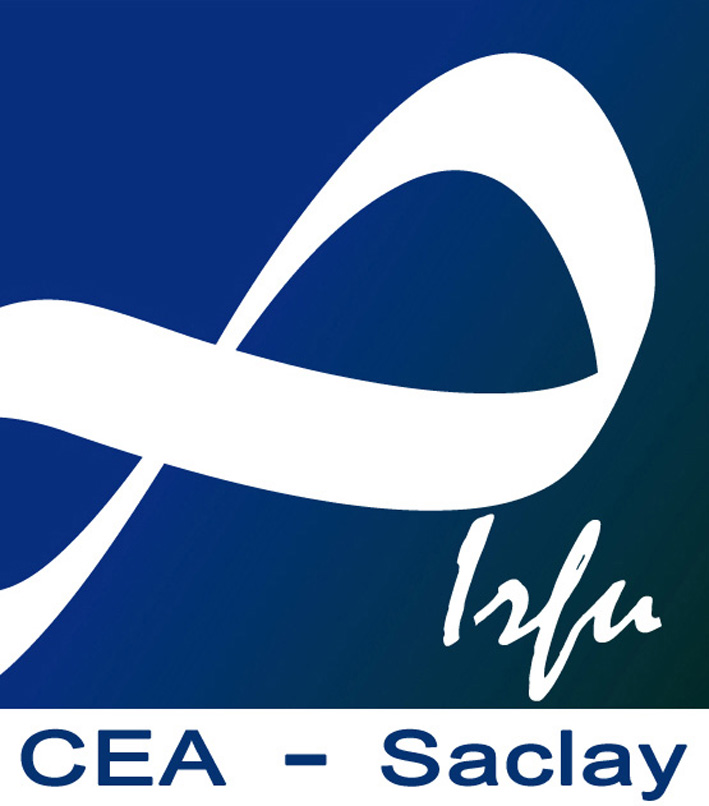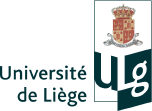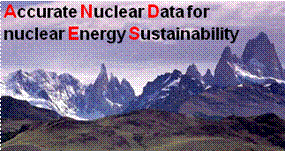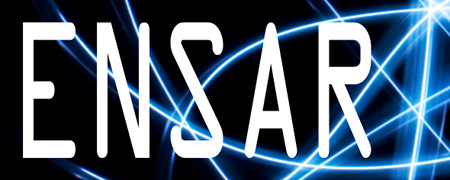 |
INCL |
Scope of the model
INCL is widely recognised as one of the most predictive existing intranuclear-cascade models. When coupled to a suitable nuclear de-excitation model, such as ABLA07 [ABLA07], INCL can accurately reproduce a wide range of experimental data. This was recently demonstrated by an extensive intercomparison of models for spallation reactions organised under the auspices of IAEA [IAEA], which established INCL/ABLA07 as one of the most accurate models for the prediction of emission spectra of particles and light ions and residual mass and charge distributions from spallation reactions.
The INCL model can in principle simulate reactions induced by nucleons, pions and light ion on any nucleus with mass numbers between 4 and 250. The model has been reasonably well tested for projectiles up to A=18, energies from ~10 AMeV to ~20 AGeV and target nuclei close to the stability valley. The model might work (read: "run without crashing") even outside these limits, but your mileage may vary.
Limits of applicability
In principle, there is no lower limit on the projectile energy. Although theoretical arguments a priori indicate that intranuclear-cascade models should not be applied below ~150 AMeV, models however seem to give reasonable results down to a few tens of AMeV. For nucleon-induced reactions below a few MeV, the model is very inefficient at generating inelastic events and probably does not make much sense. If the energy drops below the Coulomb barrier, the model is eventually unable to generate inelastic events. For reactions induced by neutral or negative particles, it should be possible to use the model down to arbitrarily small energies, although this has never really been tested.
In low-energy reactions induced by composite projectiles, INCL and INCL++ fall back to a fusion model if unphysical cascade conditions are met. The transition between fusion and intranuclear cascade is smooth, so there should be no jumps in the excitation functions. Thanks to transition to fusion, the model is able to capture some essential aspects of very low-energy nucleus-nucleus reactions [INCL4.6] and can therefore be of some use even in the few-AMeV regime.
The upper energy limit for INCL4.6 and INCL++ v5.2 is about 15-20 AGeV. Above this limit, the model is still expected to run without crashing, but the quality its predictions will probably degrade. The upper limit up to v5.1 used to be about 3 AGeV, but this has been superseded by the introduction of multiple-pion production in elementary nucleon-nucleon and pion-nucleon collisions [Pedoux]. At very high energy, the model is not guaranteed to run at all.
As far as INCL++ is concerned, the upper limit on the projectile mass number in light-ion-induced reactions (A=18) is purely indicative and based on the expected validity of the physical approximations make. There is nothing in the code that will prevent you from using it with heavier projectiles. However, be aware of the fact that 1) the physical assumptions of the model become really shaky for symmetric nucleus-nucleus collisions, and 2) the calculation time might become very long.

|

|

|

|